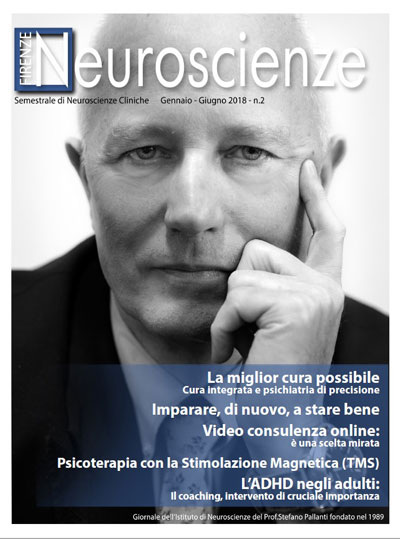Serotonin Dysfunction in Pathological Gamblers: Increased Prolactin Response to Oral m-CPP Versus Placebo
Autori
Pallanti S, Bernardi S, Quercioli L, Decaria C, Hollander E.
Pubblicazione
CNS Spectr. 2006 Dec;11(12):956-64.
Objective: Acute administration of the partial serotonin (5-HT) agonist meta-chlorophenylpiperazine (m-CPP), that is used also as a street drug, has been reported to induce a “high” and craving response in various impulsive and substance addiction disorders. Introduction: To clarify altered 5-HT metabolism in pathological gamblers and to explore the specific role of serotonergic system in non-substance addictions, we assessed behavioral (“high” and “craving”) and neuroendocrine (prolactin and cortisol) responses to an oral single dose of m-CPP and placebo in pathological gamblers and matched controls. Moreover, the relationship between neuroendocrine outcome and clinical severity has been assessed. Method: Twenty-six pathological gamblers and 26 healthy control subjects enter a double-blind, placebo-controlled-crossed administration of orally dose m-CPP 0.5 mg/kg. Outcome measures included prolactin and cortisol levels, gambling severity, mood, craving and “high” scales. Results: Pathological gamblers had significantly increased prolactin response compared to controls at 180 minutes and at 210 minutes post-administration. Greater pathological gamblers severity correlated with increased neuroendocrine responsiveness to m-CCP, suggesting greater 5-HT dysregulation. Pathological gambling patients had a significantly increased “high” sensation after m-CPP administration compared with control. Conclusion: These results provide additional evidence for 5-HT disturbance in pathological gamblers and they support the hypotheses that the role of the 5-HT dysfunction related to the experience of “high” might represent the pathway that leads to dyscontrolled behavior in pathological gamblers. Furthermore, the “high” feeling induced by m-CPP in pathological subjects may represent a marker of vulnerability to both behavioral and substance addictions.



